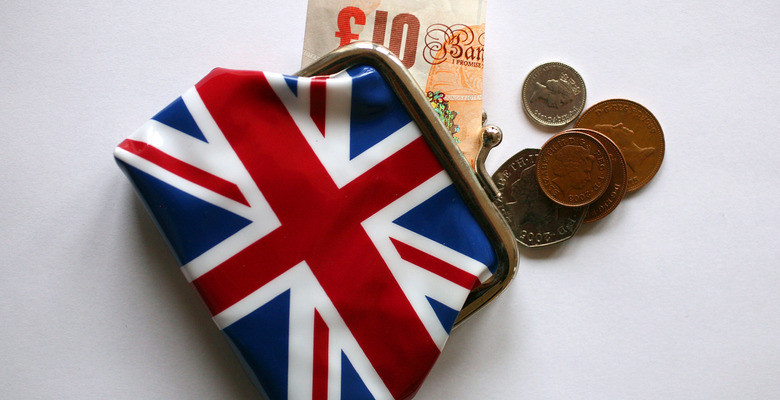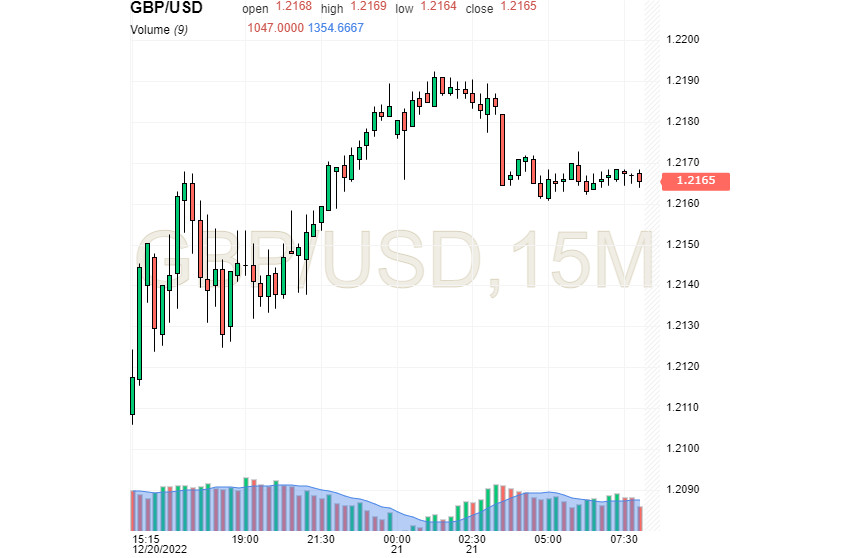
The British currency has to be alert: experts say GBP can fall further. Against this backdrop, the threat of a pound sell-off remains relevant. In addition, the British pound is now facing the question of choosing its future direction.
At the moment, the British currency is under pressure from the Bank of England, which is extremely cautious about further interest rate hikes. The BoE's stance contrasts with the actions of the Federal Reserve and the European Central Bank. Take note that the ECB is confident in the need for additional measures to curb inflation, unlike its British counterpart.
According to analysts, the BoE's current actions became a catalyst for the pound's downtrend. Last week, the British central bank raised its key rate by 50 basis points to 3.50%. It was the ninth time this year, experts say. However, this decision did not help sterling as the BoE said that recession in the country is inevitable. The central bank came to such conclusions after analyzing the growing inflation and weak macroeconomic data.
According to economic reports released last week, UK retail sales fell 5.9% year on year in November. This was worse than forecasts, as analysts had expected a decline of 5.6%. In addition, UK Manufacturing PMI fell to 44.7 in December from 46.5 in November. Meanwhile, the UK services sector showed positive results: the business activity index rebounded to 50 points (from the previous 48.8 points), exceeding analysts' expectations.
By the middle of the current week, the British currency showed multidirectional dynamics against the US currency. On Tuesday, December 20, GBP/USD traded near 1.2150 and tried to go higher. However, these efforts came to naught: the pair moved away from a multi-month high of 1.2445, recorded last week. Recall that against this backdrop, traders were actively buying GBP and other risky assets, hoping for easing of the Fed monetary policy. Then the pound rally came to a halt, while the sterling got stuck in suspense. As a result, the pound has to balance between a decline and a short-term rise. On Wednesday morning, December 21, GBP/USD was wobbling near 1.2165, trying to hold on to the current levels.

GBP/USD used to show a trend, adding 8.85% over the past three months. However, now analysts are afraid that the pair might collapse to the critical 1.2000 mark. But currency strategists think that this decline will be short-lived. Remember that the pound rallied at the end of September 2022, which coincided with the growth of the global markets and investors' expectation that the Fed would not hike rates. According to analysts, people should consider the dynamics of the world markets, which will determine the pound's direction in the near future. In addition, the BoE's decision on the interest rate contributes to the GBP's trend.
Many experts believe that an increase in the BoE's rate and an update of its monetary policy contributed to the pound's decline in the short-term. However, their opponents argue that the BoE's dovish stance is a factor supporting sterling. In addition, a hawkish surprise from the ECB, which allowed an additional 50 bps hike, contributed to the pound's fall. "Continued Fed and ECB hikes also increase the chances of a harder landing for the global economy, which would be negative for riskier assets like the pound," said Lee Hardman, currency strategist at MUFG.
Despite the disappointing macro data recorded last week, the British central bank will continue to tighten monetary policy to fight inflation. However, according to investors, an increase in rates in the current environment could hinder economic recovery in the country and increase the risk of recession. An additional pressure factor on the pound is also the strengthening of the dollar, which retains growth potential amid a possible Fed rate hike (up to 5.25%) in the first quarter of 2023.





















